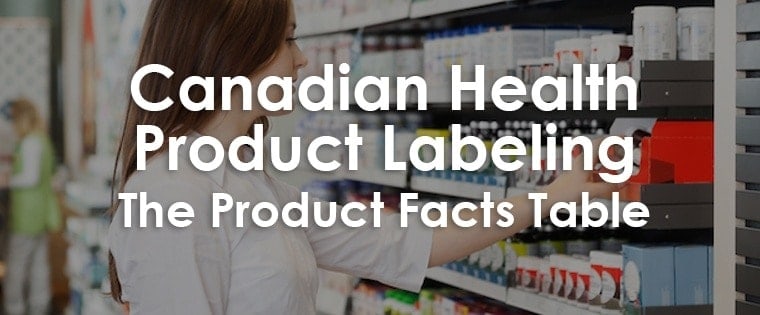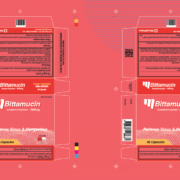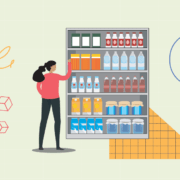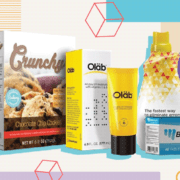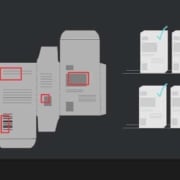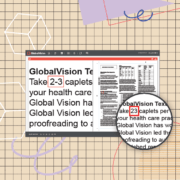Canadian Health Product Labeling – The Product Facts Table
Date: July, 2016 | Category: Proofreading | Author: Reuben Malz
Label content pertaining to non-prescription healthcare products is of great concern to the government of Canada.
This not only includes what appears on the label, but also the wording, how it appears, and how easy it is to understand are all of vital concern.
Canadian Health Product Labelling
What are non-prescription healthcare products?
Non-prescription healthcare products are defined in the Food and Drugs Act as including any substance or mixture of substances manufactured, sold, or represented for use in the prevention, treatment, symptomatic relief, cure, or risk reduction of diseases, injuries or chronic conditions that individuals can recognize and manage on their behalf, either separately or in participation with professionals.
Through Health Canada’s Plain Language Labelling Initiative, new regulations have recently been introduced to help consumers choose the right product as well as how to use it safely. Included within these new regulations are the requirements for a Facts Table on the outer label of non-prescription drugs.
The Facts Table will be mandatory for all new products beginning in June 2017. For all existing non-prescription products, the Facts Table will be mandatory by June 30th, 2021.
The new table requirements will apply to thousands of non-prescription drug products sold throughout Canada, and will be called the “Drug Facts Table.” The new Drug Facts Table uses simple language and an easy-to-read format. It is modeled after Canada’s Nutrition Facts table on foods as well as on the U.S. Drug Facts box used for non-prescription drugs.
*Update*
Since the publishing of this article, a new Plain Language Labelling Regulations for Prescription Drugs has been put into effect as of the 2020/04/01.
The Drug Facts Table is Designed to Help Consumers
The drug facts table helps consumers through the following:
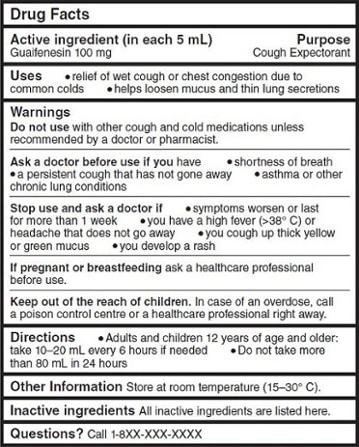 Compare and choose products.
Compare and choose products.- Identify the active ingredient(s) and their purpose, including the amount in each dosage unit which can help avoid the risk of accidentally overdosing by taking more than one product with the same active ingredient.
- Quickly know what the product is used for.
- Quickly locate the warnings, including when the product should not be used.
- Easily locate the directions for use, including when, how, and how often to take the product.
- Identify inactive ingredients, which is important for avoiding potential allergic reactions.
- Know how to contact the manufacturer with product questions or concerns.
For Canadian manufacturers and companies distributing non-prescription drugs into Canada, this new labeling regulation will require companies in less than one year to plan and execute updates to hundreds of SKUs to remain compliant.
GlobalVision has been the leading provider of quality control solutions to help pharmaceutical companies and their print suppliers maintain compliance throughout the production workflow.
Learn how GlobalVision has helped top Pharmaceutical Companies in quality control.
For more information on GlobalVision’s Quality Control Platform, please visit globalvision.co.

